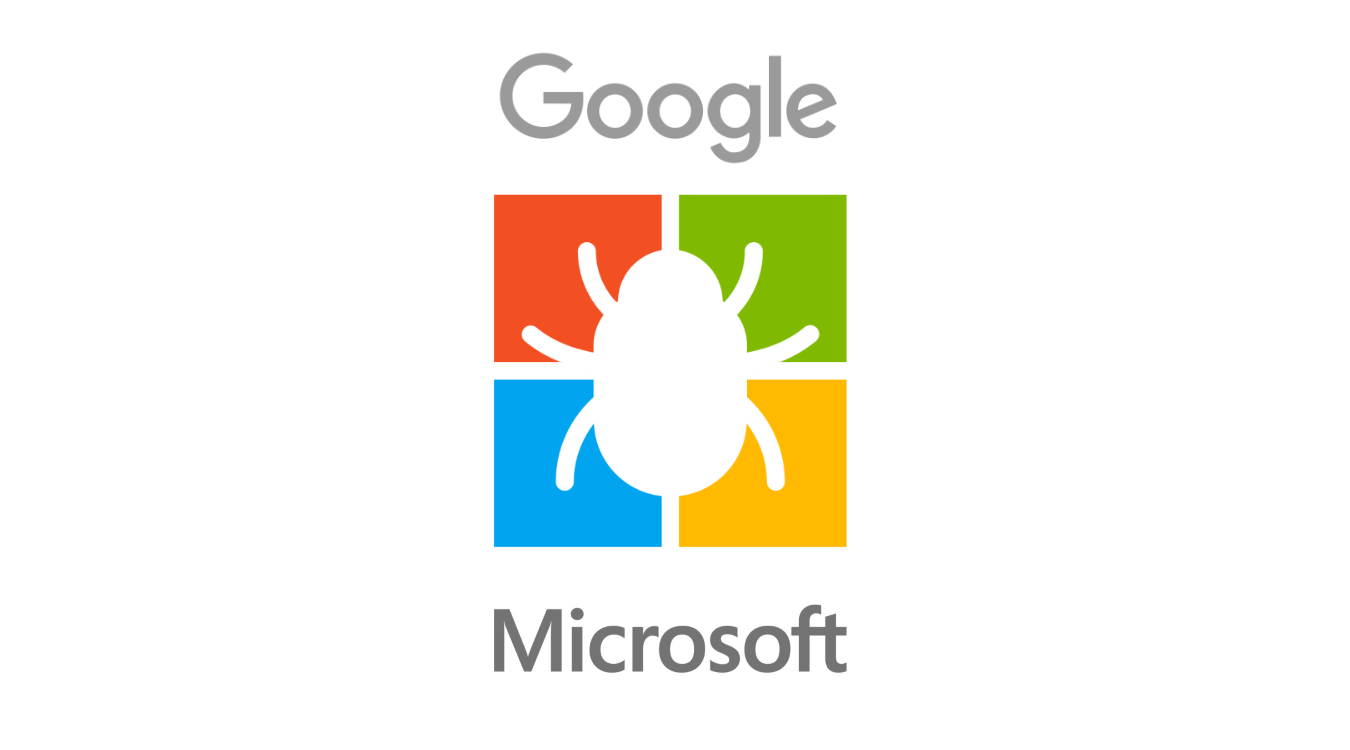

Due to its history of security and stability problems, users on the desktop are still encouraged to always update to the latest version. Adobe announced the end of Flash for mobile devices in late 2011. However, with the advent of HTML5, Adobe Flash is in decline. Without it, many videos and games cannot be displayed in the browser. No additional installation is necessary for Google Chrome which includes its own edition maintained by Google.Īdobe Flash player is still an essential part of today's web browsing experience. One, called Adobe Flash Player ActiveX, is only for the use within Microsoft Internet Explorer, while the other, Adobe Flash Player Plugin, is for the use in other browsers such as Mozilla Firefox. On Windows, there are two separately available editions of Adobe Flash Player. It is not available within the browser on Apple's iOS mobile devices (iPhone, iPad), where Apple disallows it citing security and stability reasons. Flash Player is often used to display videos, games, and advertisements.Īdobe Flash Player is available for many platforms and browsers, including Windows, MacOS X, Linux, and several mobile device operating systems such as Android. It was initially developed by Macromedia, which was purchased by Adobe in 2005. The latest version of Adobe Flash player can be downloaded from the following links: ProductĪdobe Flash Player for Microsoft Edge and Internet Explorer 11ĭue to the serious nature of this vulnerability, all users are advised to immediately upgrade to the latest version of Flash Player.Since its inception in 1996, Adobe Flash Player has become a quasi-standard for the display of video content on the web. By installing this update, Adobe Flash Player will be upgraded to version 23.0.0.205 and the flaw will be fixed. Flash Player Distribution Adobe Flash Player for Google Chrome 23.0.0.205 Windows, Macintosh, Linux and Chrome OS Google Chrome Releases Adobe Flash Player for Microsoft Edge and Internet Explorer. When a visitor browses to this site using a vulnerable version of Adobe Flash, the script will run and perform actions such as installing malware or other software onto a visitor's computer without their permission. This vulnerability is a use-after-free flaw that could allow attackers to create specially crafted code that can be inserted onto websites. According to Adobe Security Bulletin APSB16-36, Adobe has become aware of a report that an exploit for CVE-2016-7855 is actively being used in targeted attacks against users of Windows versions 7, 8.1 and 10.


Adobe has released an emergency update for Adobe Flash Player that resolves a critical vulnerability that is actively being abused to execute commands on vulnerable computers.


 0 kommentar(er)
0 kommentar(er)
